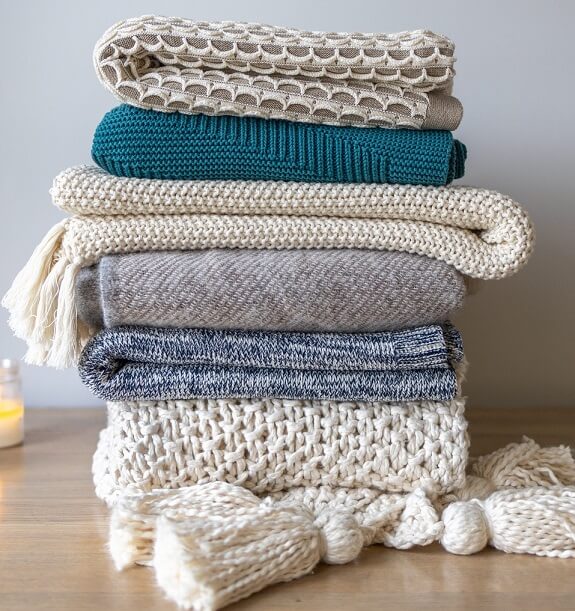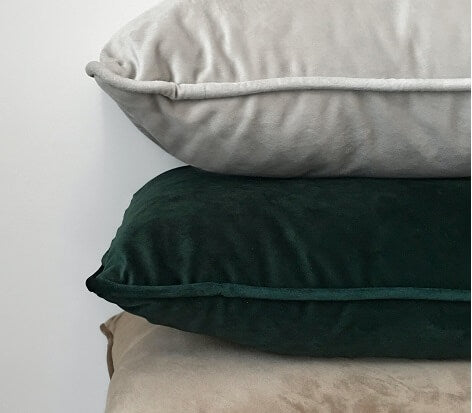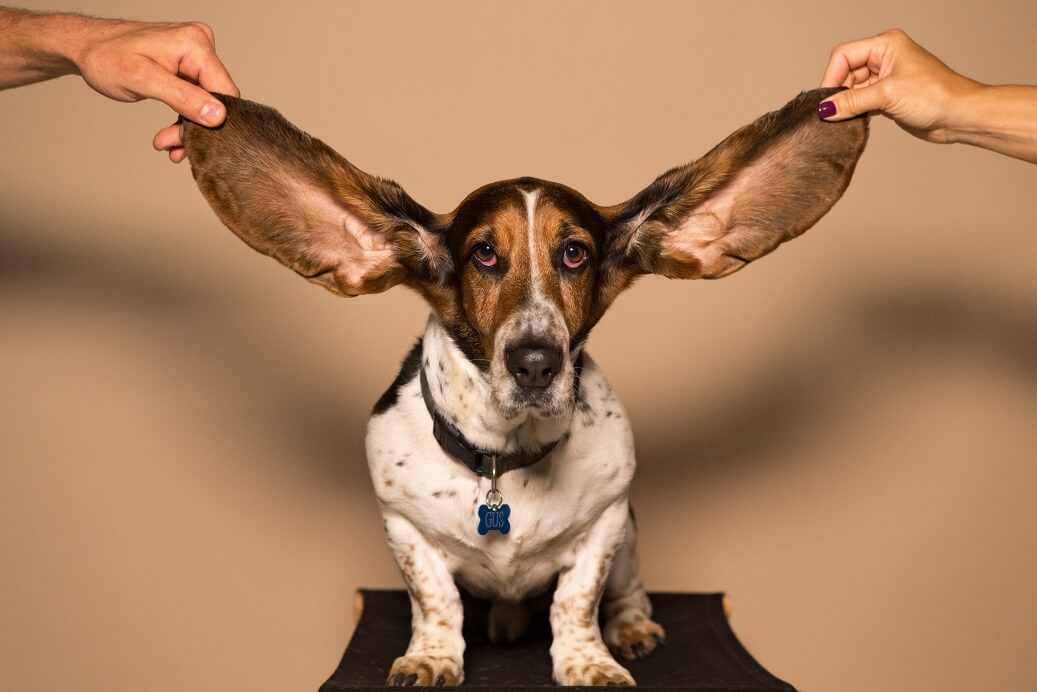
Are you tired of struggling to put in your ear plugs and not getting the desired results? Do you often find yourself wondering if you're doing it right? Look no further, as we have some helpful tips for you on how to put in ear plugs correctly. Whether you're using them for noise cancellation or to protect your ears from water, it's essential to insert them properly to get the most out of your ear plugs. In this blog post, we'll discuss some simple yet effective techniques to ensure you get a snug and comfortable fit every time. Say goodbye to discomfort and hello to maximum protection with our guide on how to put in ear plugs.
Understanding the Importance of Correct Ear Plug Use
Properly using ear plugs is not just about comfort or convenience; it's about protecting one of our most valuable assets - our hearing. When we expose our ears to loud noises or potential damage, we risk permanent hearing loss and other hearing-related issues. That's why it's crucial to understand the importance of correctly using ear plugs.
By using ear plugs correctly, you can effectively reduce the volume of loud sounds and protect your ears from damage. Whether you're attending a concert, working in a noisy environment, or swimming in the pool, using the appropriate ear plugs can make a significant difference in safeguarding your hearing.
Furthermore, wearing ear plugs can also help reduce the risk of developing conditions like tinnitus, a persistent ringing or buzzing in the ears that can be quite distressing.
Types of Ear Plugs and Their Specific Uses
Ear plugs come in various types, each designed for specific purposes. Understanding the different types can help you choose the right ear plugs for your needs.
Foam ear plugs are the most common and versatile. They are soft and comfortable, expanding to fit the shape of your ear canal. Foam ear plugs are ideal for reducing noise in loud environments such as concerts, construction sites, or airports. They provide excellent noise cancellation and can help prevent hearing damage.
Silicone ear plugs are another popular option. They are reusable and come in various sizes and shapes to fit different ear canals. Silicone ear plugs are perfect for swimming or showering, as they create a watertight seal and protect your ears from waterborne infections or swimmer's ear.
Moldable wax or silicone putty ear plugs are great for those with unique ear shapes or sensitive ear canals. They conform to the contours of your ear, providing a comfortable and secure fit. Moldable ear plugs are commonly used for sleeping or studying, as they effectively block out ambient noise.
Musician ear plugs are specifically designed for musicians and concert-goers. They reduce noise while maintaining sound quality, allowing you to enjoy the music without risking hearing damage. Musician ear plugs come with different filter options, allowing you to adjust the sound level based on your preference.
No matter the type of ear plugs you choose, make sure they fit snugly and comfortably in your ears.
Step-by-step Guide on How to Properly Insert Ear Plugs
Now that you understand the importance of correctly using ear plugs, let's dive into a step-by-step guide on how to insert them properly. Follow these simple instructions to ensure you get a snug and comfortable fit every time.
- Start with clean hands: Before handling your ear plugs, make sure your hands are clean to prevent any dirt or bacteria from getting into your ears.
- Roll, twist, or compress the ear plugs: Depending on the type of ear plugs you're using, you may need to roll them between your fingers, twist them, or compress them to a smaller size.
- Reach for your ear: Gently reach over your head and pull your ear upwards and outwards. This helps to straighten your ear canal for easier insertion.
- Insert the ear plug: While still holding your ear, carefully insert the rolled, twisted, or compressed ear plug into your ear canal. Make sure not to push it too far in, as you want it to be comfortable and secure.
- Hold and wait for the ear plug to expand: Once the ear plug is inserted, hold it in place for a few seconds to allow it to expand and conform to the shape of your ear canal. This ensures a proper seal and effective noise cancellation or water protection.
- Check for a snug fit: After the ear plug has expanded, gently release your ear and give it a slight tug to ensure it is secure. If it feels loose or uncomfortable, remove it and try again with a fresh ear plug.
Common Mistakes to Avoid when Inserting Ear Plugs
Inserting ear plugs correctly may seem simple, but there are some common mistakes that can affect their effectiveness. Avoid these mistakes to ensure you get the most out of your ear plugs:
- Inserting too deeply: One of the most common mistakes is inserting the ear plugs too far into the ear canal. This can cause discomfort and may not provide a proper seal, leading to reduced noise cancellation or water protection. Insert the ear plugs just enough to feel snug and comfortable.
- Failing to roll or compress properly: Depending on the type of ear plugs you're using, it's important to follow the instructions on how to roll, twist, or compress them before inserting. Failing to do so can result in a poor fit, compromising their effectiveness.
- Not cleaning your hands: Always make sure to clean your hands before handling ear plugs. Dirty hands can introduce bacteria or dirt into your ears, increasing the risk of infection.
- Using damaged or expired ear plugs: Check your ear plugs regularly for any signs of damage or wear. Using expired or damaged ear plugs can affect their ability to provide proper protection.

Maintenance Tips: Keeping Your Ear Plugs Clean
Proper maintenance of your ear plugs is essential to ensure they remain effective and hygienic. Here are some maintenance tips to keep your ear plugs clean and in optimal condition.
First, always handle your ear plugs with clean hands. Before inserting or removing them, make sure your hands are washed thoroughly to prevent any dirt or bacteria from transferring to the plugs and potentially causing an infection.
After each use, it's important to clean your ear plugs. Most types of ear plugs can be gently washed with mild soap and water. Make sure to rinse them thoroughly to remove any soap residue.
For reusable ear plugs, it's a good idea to store them in a clean and dry case or container. This will protect them from dust, dirt, and other contaminants that can compromise their effectiveness.
Regularly inspect your ear plugs for any signs of damage or wear. If you notice any tears, cracks, or changes in the texture, it's time to replace them with a new pair. Using damaged ear plugs can reduce their ability to provide a proper seal and protect your ears.
Frequently Asked Questions about Using Ear Plugs
If you still have questions about using ear plugs, we've got you covered! Here are some frequently asked questions about using ear plugs, answered just for you.
Q: How long can I wear ear plugs?
A: The length of time you can wear ear plugs depends on the type and your personal comfort. Generally, it's safe to wear foam or silicone ear plugs for up to 8 hours a day. However, it's important to take breaks and give your ears some rest.
Q: Can I sleep with ear plugs?
A: Yes, sleeping with ear plugs can be a great way to block out noise and promote a restful night's sleep. Just make sure to choose ear plugs specifically designed for sleeping, such as moldable wax or silicone putty ear plugs, as they are more comfortable for extended use.
Q: Can ear plugs cause ear infections?
A: While ear plugs themselves don't typically cause ear infections, improper use or not cleaning them properly can increase the risk of infections. Make sure to clean your ear plugs regularly and follow proper insertion techniques to minimize the risk.
Q: Are ear plugs safe for children?
A: Ear plugs can be safe for children, but it's important to choose the right size and type for their ears. Consult with a pediatrician or an audiologist to determine the best ear plugs for your child's age and specific needs.
Q: Can I reuse disposable ear plugs?
A: Disposable ear plugs are designed for single-use and should be discarded after each use. Reusing them can lead to a poor fit and reduced effectiveness.
Q: Can I still hear with ear plugs?
A: Ear plugs are designed to reduce noise, but they don't completely block all sound. Depending on the type of ear plugs you're using, you may still be able to hear some sounds, albeit at a lower volume.






